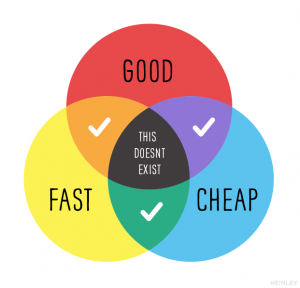There is so much information being shot at us daily via social media streams that we should monitor and control that which pertains to our business – and do so with some level of expertise.
There are tools to inform you when your company name or personal name is mentioned. Google Alerts can be set for any parameter and then be set to deliver your results daily or more often using Google.com/alerts.
You can do the same for the various social media and streaming sites at Mention.com or by subscribing to a tool like Tweetdeck.com. You will be able to control (to a degree) the placement of your name in the rankings with a little work one step beyond search engine optimization. Try a subscription with Brandyourself.com, where the monthly subscription is quite inexpensive and worth the price. You might consider a special page on your  website just for links to positive press and mentions. Those links will improve your search results as well. Measure your relative success with Facebook, Twitter, Google, Instagram and LinkedIn by registering with KLOUT.com, a service that ranks your social media outreach against the universe of those doing so. Try registering in NAYMZ.com and work to increase your “rep score” to a maximum of 99 with a combination of testimonials, media postings, customer up–votes and more.
website just for links to positive press and mentions. Those links will improve your search results as well. Measure your relative success with Facebook, Twitter, Google, Instagram and LinkedIn by registering with KLOUT.com, a service that ranks your social media outreach against the universe of those doing so. Try registering in NAYMZ.com and work to increase your “rep score” to a maximum of 99 with a combination of testimonials, media postings, customer up–votes and more.
[Email readers, continue here…] Listening posts are all about your brand – personal or corporate. You need to know what people are saying and how often you are mentioned. Your aim is to control the bad information, reinforce the good postings, and react to suggestions while you engage with your fans.
None of this information about listening posts is available in classic marketing texts; it was not dreamed of even a few years ago. You and your staff need to learn about these tools and engage aggressively with your fans in as many ways as possible. More and more, this form of engagement will define your marketing success.
There is still a great place for traditional advertising. But you will find that this new generation of digital natives communicates and reacts to buying opportunities using social media, recommendations, reviews and comments from influential sources.
Be where they are.








